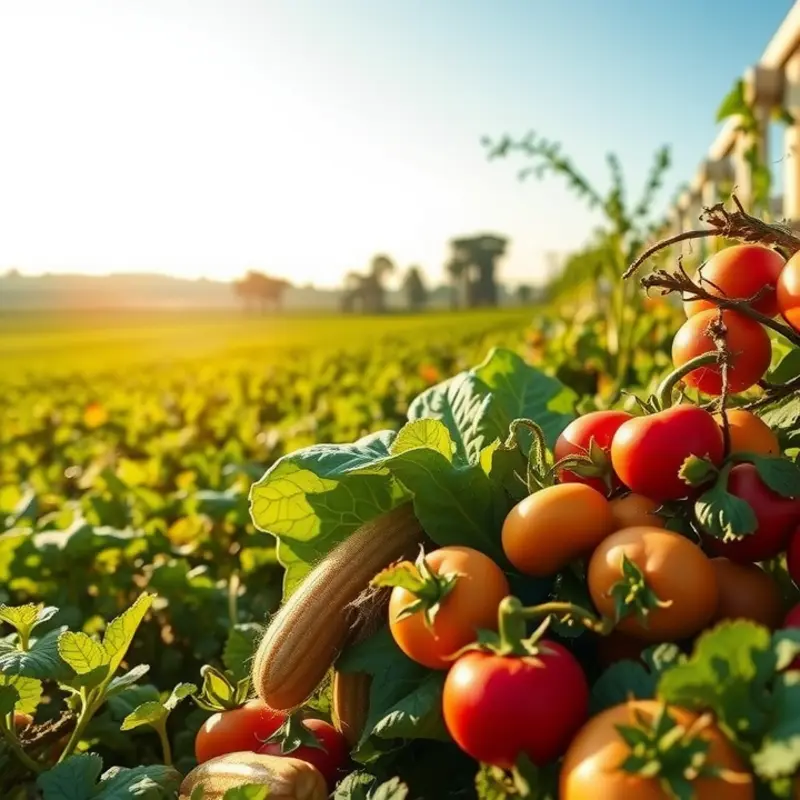Dairy-free cheese has evolved dramatically, offering flavorful, meltable options for home cooks and those mindful of dietary choices. Whether you’re avoiding dairy for health reasons, ethical considerations, or simply exploring alternatives, melting dairy-free cheese can enhance your dishes without sacrificing taste or texture. Discover diverse ingredients and substitutes that fit various dietary needs, making your cooking not only flexible but also enjoyable.
Crafting the Perfect Melt: Ingredients to Consider

Creating a meltable dairy-free cheese demands a thoughtful blend of ingredients that mimic the creamy texture of traditional cheese. The choices begin with a base, often made from nuts, seeds, or legumes. Cashews and almonds are popular for their creamy consistency when blended. Legumes like chickpeas also offer a protein-rich base that’s both smooth and satisfying.
A core component to consider is coconut oil. Its high-fat content and ability to solidify at cooler temperatures help emulate cheese’s melt-away trait. Choosing refined coconut oil ensures a neutral flavor, allowing the distinct cheese flavors to shine through. Another fat option is plant butter, which adds creaminess and enhances the melt factor, providing a lush mouthfeel.
Starches like tapioca and arrowroot are invaluable for achieving stretch and pliability. These starches, when heated, form a gel-like consistency, delivering the elasticity expected in melted cheese. Tapioca starch, in particular, excels at creating the perfect gooey stretch, ideal for pizzas and grilled sandwiches.
Balancing flavor involves an artful mix of nutritional yeast, white miso, and acidic components. Nutritional yeast imparts a cheesy, umami flavor essential for any dairy-free alternative. For an umami boost without brackets, explore this guide on flavor boosters without salt. Miso adds depth, while lemon juice or apple cider vinegar provides acidity that brightens and sharpens flavor profiles, mirroring traditional cheese’s tang.
Adding gelling agents like agar powder or carrageenan can aid in setting the cheese, so it grates and slices smoothly. Agar powder is often used due to its ability to create firm yet supple textures. It’s important to adjust the quantity based on the desired firmness, ensuring the cheese doesn’t become overly rigid when cooled.
For those seeking creaminess, incorporate aquafaba, the liquid from cooked chickpeas, which acts as a whipping agent and creates a smooth and light texture. It also enhances amalgamation, ensuring all ingredients blend seamlessly.
One must not overlook fermentation in crafting authentic flavor profiles. Using probiotics or culturing agents can advance complexity and richness in taste. Fermentation time varies depending on the ambient temperature and desired sharpness, offering a wide palate of flavors just as seen in aged cheeses.
With these ingredients and techniques, your culinary creations can achieve that quintessential melt. Armed with the right balance, your dairy-free cheeses will not only satisfy but delight, providing a resonant harmony of taste and texture in every bite.
Easy Substitutions: Creating Melting Dairy-Free Cheese at Home

Creating your own dairy-free cheese that melts just like traditional cheese is both fun and rewarding. One of the most popular bases for vegan cheese is cashews. These nuts are creamy, rich, and blend easily, providing a perfect canvas for a variety of flavors. Soaking cashews overnight softens them, which allows them to blend smoothly into a velvety texture that mimics the creaminess of melted cheese.
Nutritional yeast is another staple for creating a cheesy flavor. Not only does it provide the savory, umami notes that cheese lovers crave, but it also offers an impressive array of vitamins, particularly B12, which is essential for those following a plant-based diet. Incorporating nutritional yeast into your recipes not only enhances flavor but also adds nutritional value.
To achieve that perfect melt, consider using tapioca starch. This thickening agent adds a stretchy quality to your cheese, making it ideal for recipes like nachos and pizza. Begin by cooking cashew cream with nutritional yeast and tapioca starch over medium heat, stirring constantly to avoid lumps. As it cooks, the mixture will thicken and take on a glossy, cheese-like texture.
For a tangier bite, add some acidity with ingredients like lemon juice or apple cider vinegar. These add brightness and complexity to your cheese, helping to replicate the flavor of aged counterparts.
For those who wish to explore various textures, agar agar can be a fantastic addition. This plant-based gelling agent allows you to set your cheese, creating firmer varieties like blocks suitable for slicing or grating. Heat your blended cheese mixture with agar agar, and pour into molds to cool.
Remember, customization is key. Experiment with adding herbs, spices, or smoked paprika for an extra flavor boost, or check out this guide for more ideas on enhancing taste without adding salt. With these ingredients in your pantry, you’re well on your way to creating a range of delicious, dairy-free cheese options that not only melt but also satisfy your taste buds in every bite.
Final words
Dairy-free cheese for melting opens up a world of culinary possibilities without compromising on flavor or comfort. By understanding the ingredients that promote a delicious melt and exploring simple substitutions, home cooks can create delightful dishes that cater to various dietary needs. From pizza to casseroles, the versatility of dairy-free cheese means you can enjoy familiar flavors while embracing a healthier lifestyle. Next time you’re in the kitchen, remember that tasty, meltable cheese alternatives are just a recipe away.







